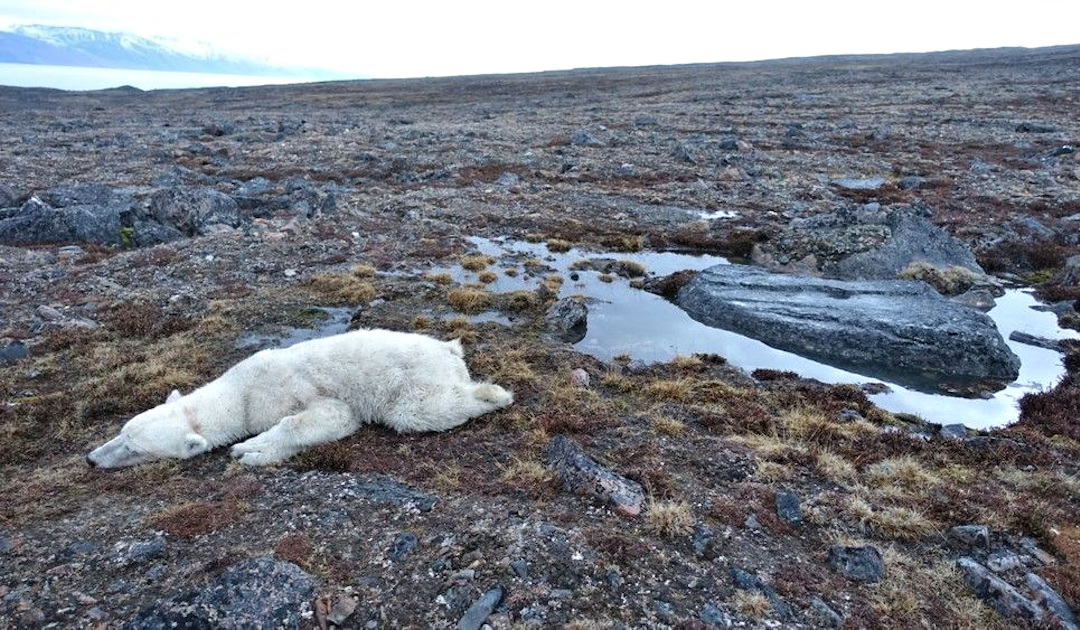
Despite their popularity, our knowledge on polar bears is still very patchy in many areas. Especially population sizes and the condition of the individual animals still have gaps of knowledge. Therefore, researchers are trying to find out as much as possible about the largest land predator during monitorings. To do this, the animals must also be sedated. But sedation also is risky and highly controversial among animal rights activists. A polar bear has died on Svalbard during marking works by the Norwegian Polar Institute.
The accident happened yesterday morning in the Wijdefjord in the north of Spitsbergen. There, experts from the Norwegian Polar Institute were working to survey and mark the animals as part of the regular polar bear inspections in autumn. According to Dr. Jon Aars, polar bear expert at the Polar Institute, the affected bear, a 2-year-old male, was 30. or 31. bear they had sedated and examined. The reasons that led to the animal’s death are now being investigated more closely by an autopsy in Longyearbyen, as Morten Wegede, the head of the Environmental Protection Agency of Sysselmannen, informed. According to initial information, the animal, weighing 144 kilograms, was “within the range of normal weight,” Morten Wegede told the media.

According to Jon Aars, the researchers’ work is not yet finished, but it is still to be seen how many more animals will be marked. The marking programs of the Norwegian Polar Institute are controversial because of the sedating of the animals. In the past, animals, including female polar bears and juveniles, sometimes had died during the examinations or afterwards. “We know that we lose between 2 and four animals from 1,000 sedated bears,” says the expert. “Marking is justified by the fact that, as researchers, we believe that the knowledge we receive is very valuable.” Aars himself, who has been marking polar bears since 2003, has lost three animals in this way over the course of his career.

Marking polar bears is common practice in the Arctic. In Canada, too, polar bears are provided with ear markers and females are provided with satellite collars. This is the only way to learn more about the migratory behaviour, the regions visited and the location of the birth caves, scientists argue. This way, more precise protection measures for the animals can be provided. For the markings and sampling of the animals, they are tracked down by helicopters and sedated from above with darts fired from rifles. However, this form of research is highly controversial as it causes enormous stress for the animals due to the noise by the helicopter. In addition, setting the right dose of narcotics is very difficult as it depends on the weight and condition of the bear. Incorrect dosages can lead to death. The last case on Svalbard, in which an animal had perished due to an incorrectly dosed quantity, had happened at the end of January this year. As a consequence, the Sysselmannen, who themselves had been involved in the case, decided that a veterinarian must be present for sedation. According to the Sysselmannen, this was the case with this year’s programme of the Norwegian Polar Institute.

Dr Michael Wenger, PolarJournal
More on the subject:





